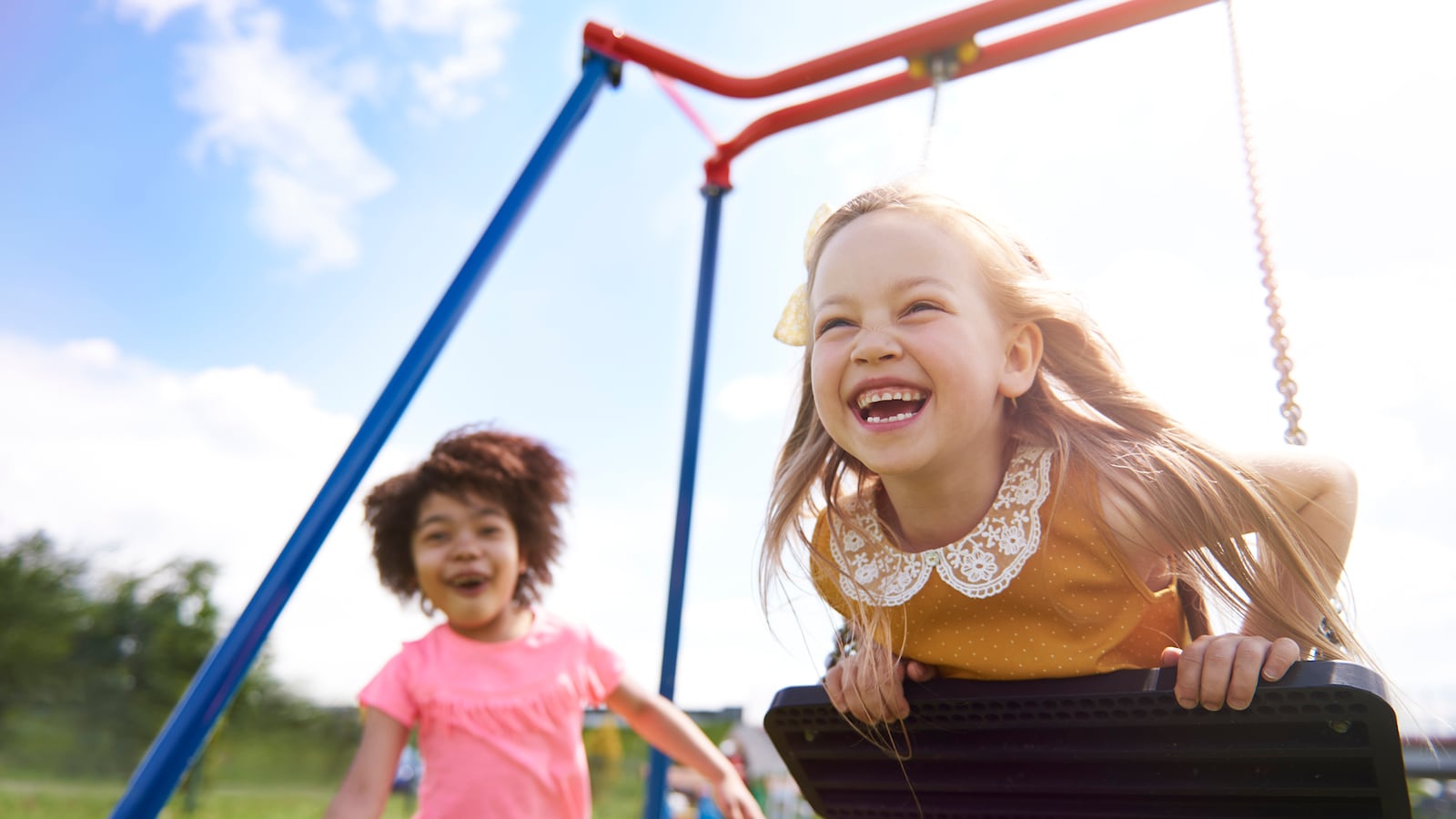Transgender children aren’t all that different from other children, a new study published in the journal Child Development suggests. They just have a gender other than the one assigned to them at birth.
For the study, University of Washington researchers Anne Fast and Kristina Olson recruited 36 transgender 3- to 5-year-old children who had socially transitioned, meaning that they are living as their gender but are still too young for medical treatment.
They also assembled a control group of 36 cisgender (non-transgender) children as well as a third group comprised of 24 cisgender siblings of transgender and gender nonconforming children. All of these children were asked to complete various tasks and answer standard questions related to gender.
Ultimately, the researchers found that the transgender children were remarkably similar to their cisgender peers, discovering that “young transgender children were just as likely as [cisgender] children to (a) show preferences for peers, toys, and clothing culturally associated with their expressed gender, (b) dress in a stereotypically gendered outfit, (c) endorse flexibility in gender stereotypes, and (d) say they are more similar to children of their gender than to children of the other gender.”
“These findings suggest that, in many ways, the basic gender development of socially transgender children is quite similar to that of other children,” they concluded.
The study builds off of a previous 2015 study by Olson which looked at a group of 32 transgender 5- to 12-year-olds who had socially transitioned and found “evidence that, early in development, transgender youth are statistically indistinguishable from cisgender children of the same gender identity.”
These sample sizes in both studies are small—largely because the transgender population is so small—so Fast and Olson warn that “generalizing from these results must be met with caution.”
But given that both are the first of their kind, they offer important initial insights into an under-researched and little-understood population.
“We are increasingly aware that there are individuals who identify early in development as a gender other than the one aligned with their sex at birth,” Olson, an associate professor of psychology at UW, noted in a press release. “Such children should be included in work on basic gender development to expand our knowledge of gender developmental experiences and strengthen theories of gender development.”
The fact that Fast and Olson were even able to study 36 socially transitioned transgender children is, in and of itself, a remarkable feat.
“Within the greater population, very few children are transgender, fewer socially transition (by the preschool years), and fewer still sign up for research studies,” they noted in the study.
To find their test subjects, the researchers “flew and drove throughout the United States to meet with families from 17 U.S. states” at conferences, camps, support group meetings, and in their homes.
They weren’t looking for 3- to 5-year-olds who were merely gender nonconforming—meaning that they adopted some sort of atypical gender expression or behavior (e.g., tomboys or effeminate boys)—but for children who were “expressing that they are a member of the ‘other’ gender group and [were] living publicly as this ‘other’ gender.”
This distinction is especially important because—as The Daily Beast has previously reported—the media’s habit of lumping all gender nonconforming and transgender children into one category has resulted in confusion.
It is true that many children who experience some form of distress around their gender in childhood will not grow up to be transgender; however, a 2011 study in the Journal of Sexual Medicine found that, out of a group of 70 adolescents who had persisted in their identity long enough to undergo the fully reversible step of puberty suppression in their teenage years, “all [later] started cross-sex hormone treatment.”
Therapists who specialize in this area generally only recommend early social transition to children who are “consistent, persistent, and insistent” that they are indeed another gender—and it is precisely this group that Fast and Olson wanted to study at the earliest possible age.
These socially transitioned 3- to 5-year-olds—along with the control group and the sibling group—went through an extensive series of trials and tests with full parental consent. They were asked “to point to children” they would like to befriend.
Their toy and clothing preferences were measured, as was their agreement with various gender stereotypes. They were asked several questions about their internal sense of their own gender, like what they “feel like on the inside right now” and “what they think they will feel like on the inside when they grow up.”
They were also asked questions aimed to test their understanding of the stability or permanence of other people’s genders like, “When this grown-up was little, was this grown-up a boy or a girl?”
The transgender children “never significantly differed from their gender-matched peers.” The transgender girls produced results similar to cisgender girls and transgender boys mirrored cisgender boys, with the exception that many of the transgender children noted that they were “a different gender as an infant than their current gender.”
One key difference, however, was that transgender children “were less likely to see other people’s gender as stable over time” compared to the control group. But the fact that siblings of transgender and gender nonconforming children were also less likely to see gender as unchangeable suggests to the authors that “this effect may be the result of knowledge that gender is not stable over time for some people.”
In other words, transgender children know from personal experience that gender does not necessarily have to remain constant throughout life and their siblings may learn that through observation. Cisgender children may not be aware that transgender kids exist.
Gathering data in this emerging area is especially crucial as families become more aware of the possibility of having a transgender or gender nonconforming child. In the absence of more data on long-term outcomes, the World Professional Association of Transgender Health currently notes in their standards of care (PDF) that “social transitions in early childhood do occur within some families with early success” but also acknowledges that it is a “controversial issue, and divergent views are held by health professionals.”
“Mental health professionals can help families to make decisions regarding the timing and process of any gender role changes for their young children,” WPATH recommends.
Olson hopes that she and her colleagues can continue researching children who have socially transitioned but knows that she will face substantial challenges along the way.
“Given the state of science funding I’m not optimistic that this work is going to be a high fiscal priority, but one can dream,” she told The Daily Beast. “We also need to get a broader range of families to participate in research as work like mine disproportionately involves families who support their children’s gender diverse identities. To understand the full spectrum of transgender lives we need to work with children in all kinds of family situations.”
Her hope at this point is that others will see how significant this research can be.
“Despite these challenges, we have to keep trying—applying for grants, reaching out to families, making our findings known, and explaining why this work is important,” she said.





